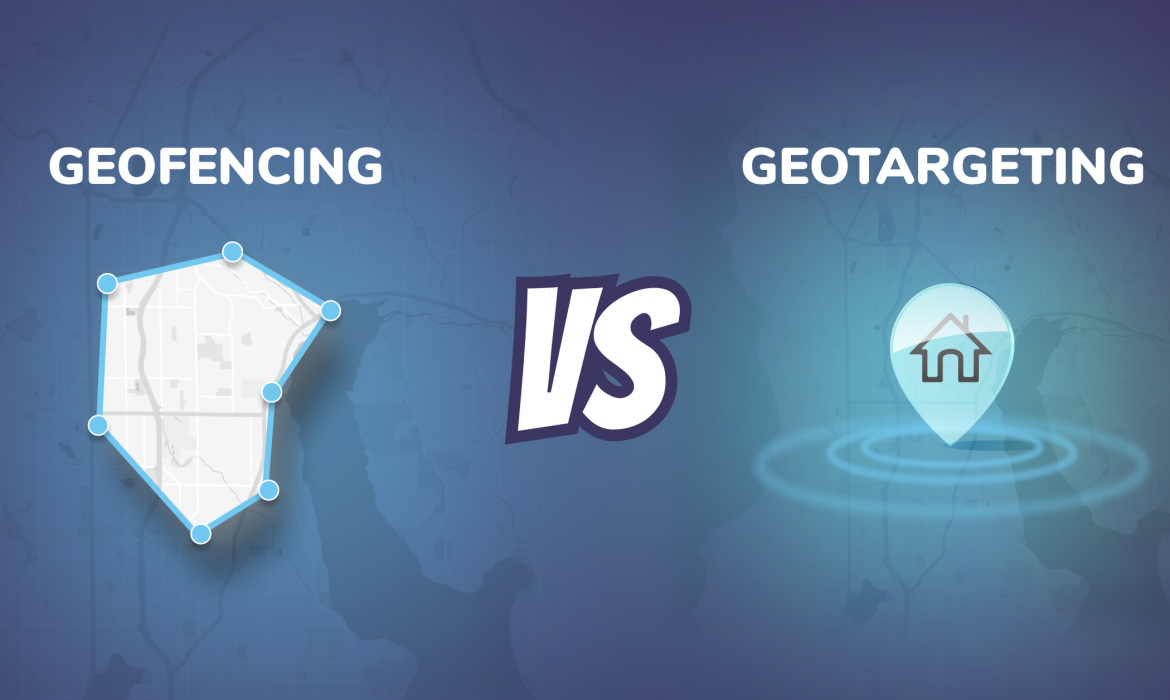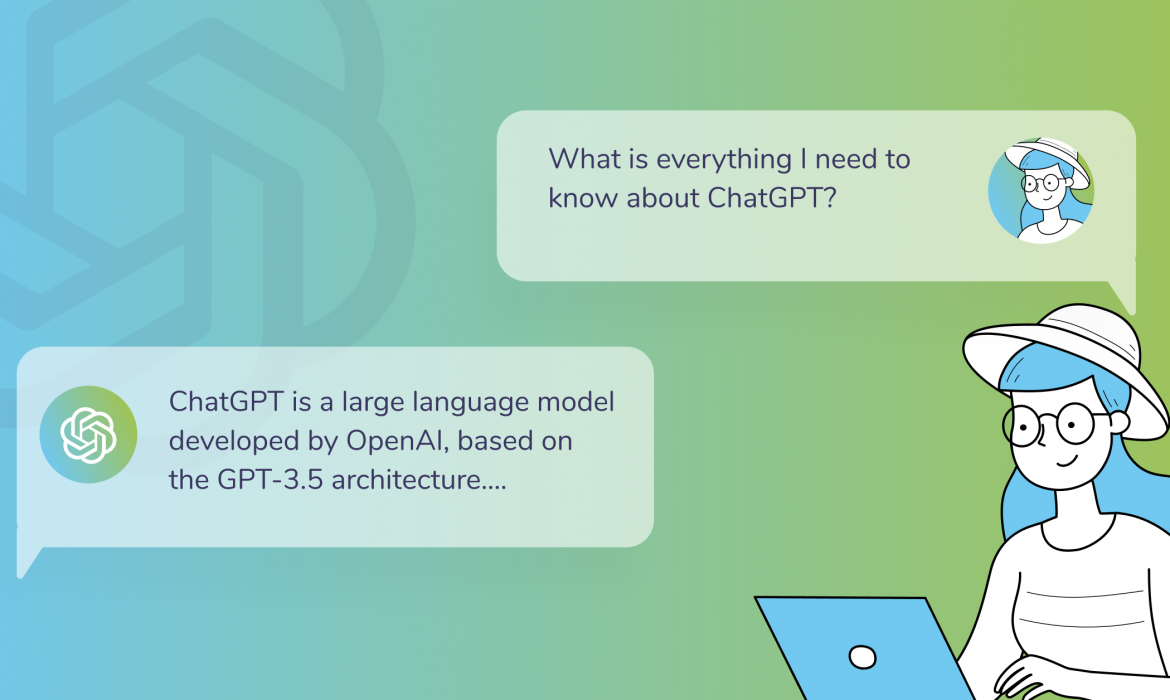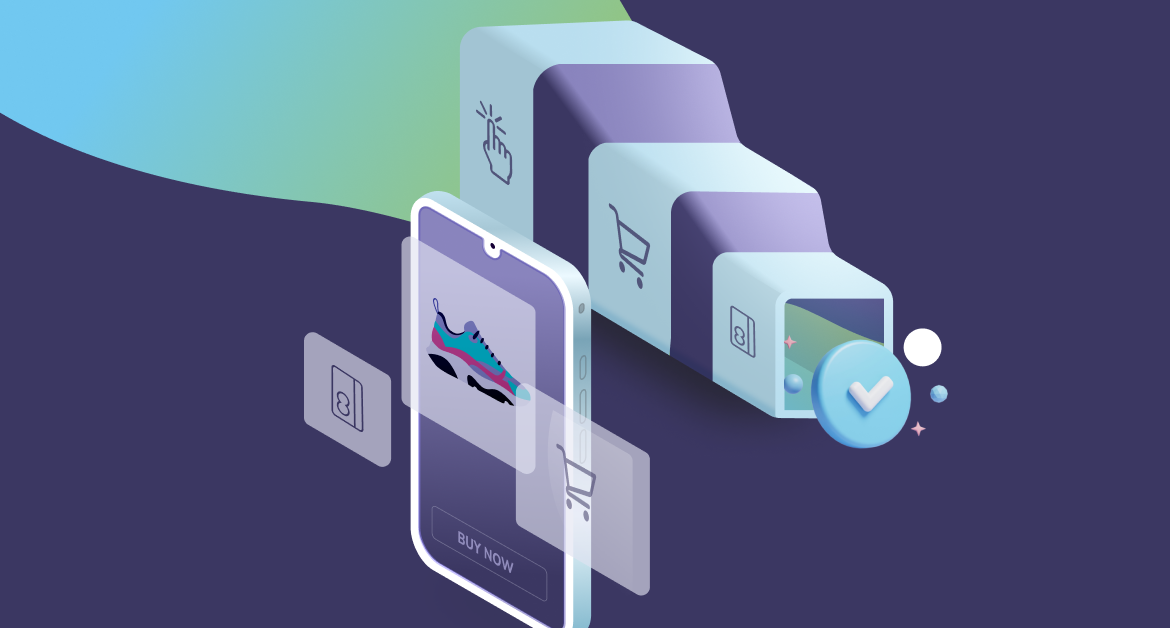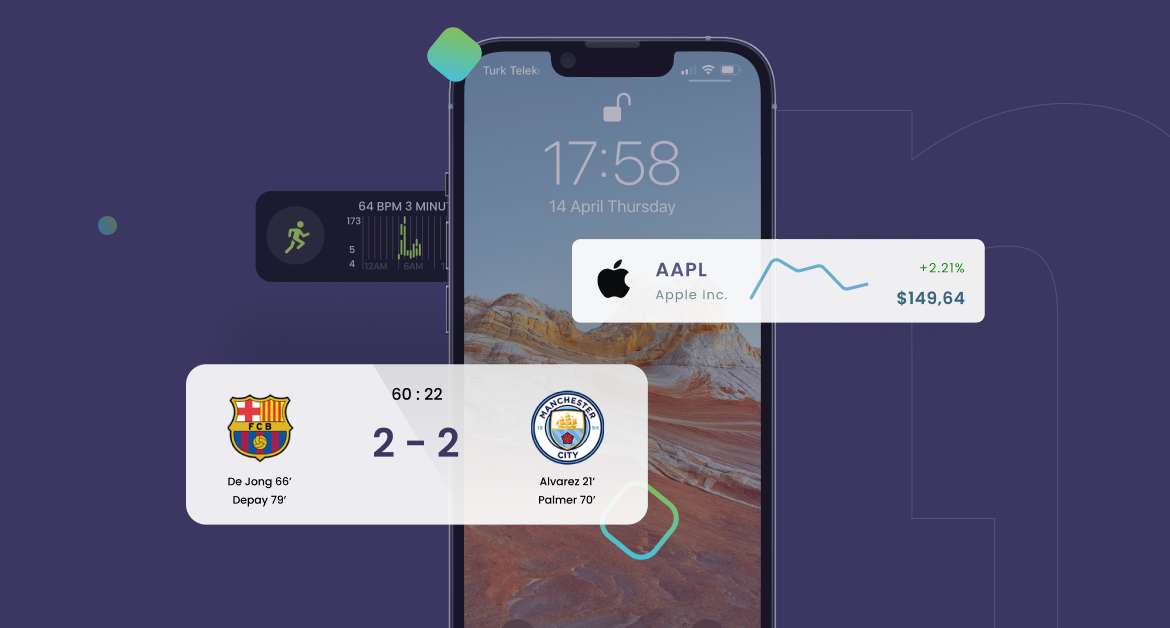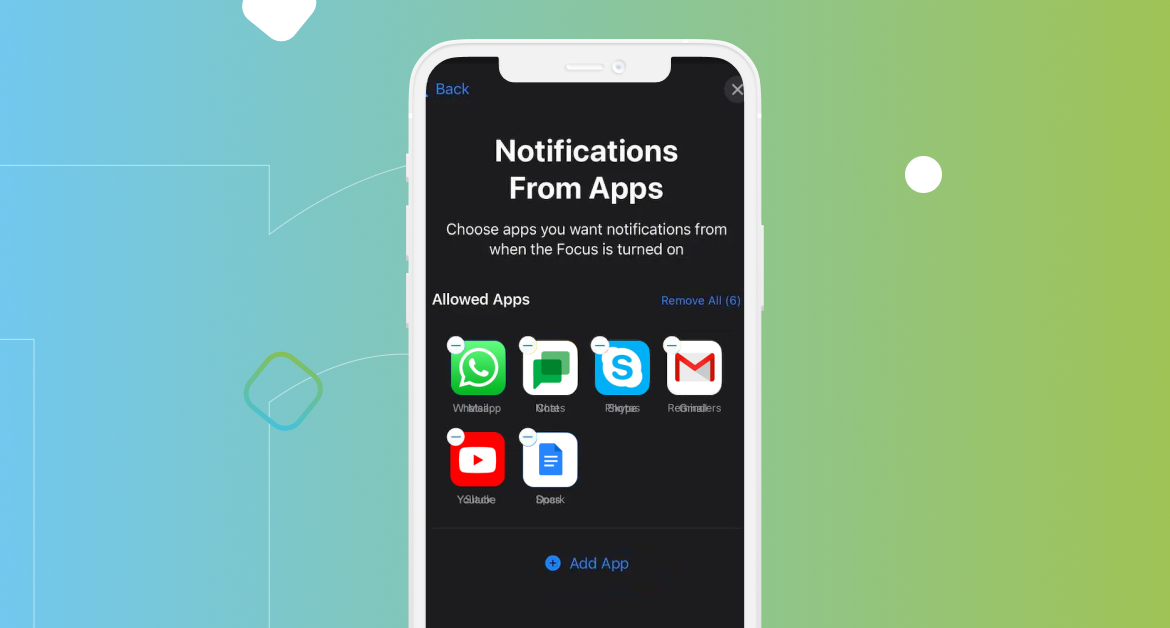Geofencing vs. Geotargeting
Both Geofencing and Geotargeting are types of Location-Based Marketing, but there are important differences between these two targeting tools. In this article, we will clarify the differences between Geotargeting and Geofencing to give you a better understanding of Location-Based Marketing.

Marketing terms can get a little confusing especially when multiple terms fall under the same category. Location-Based marketing is one of the categories that have a lot of specific terms, suggestions, and tactics.
Geotargeting and Geofencing are one of them, and naturally, people are having a hard time trying to understand the differences between these two terms. Before we sort out the differences, let’s get to know each of them closer.
Geofencing vs. Geotargeting
What is Geotargeting?
Geotargeting involves targeting customers based on their location and behavior, making it more precise and tailored to each customer. This technique involves two key actions, first is to identify customers who are located within a specific geographic area, and second is to refine the targeting of these customers based on their behaviors and interests.
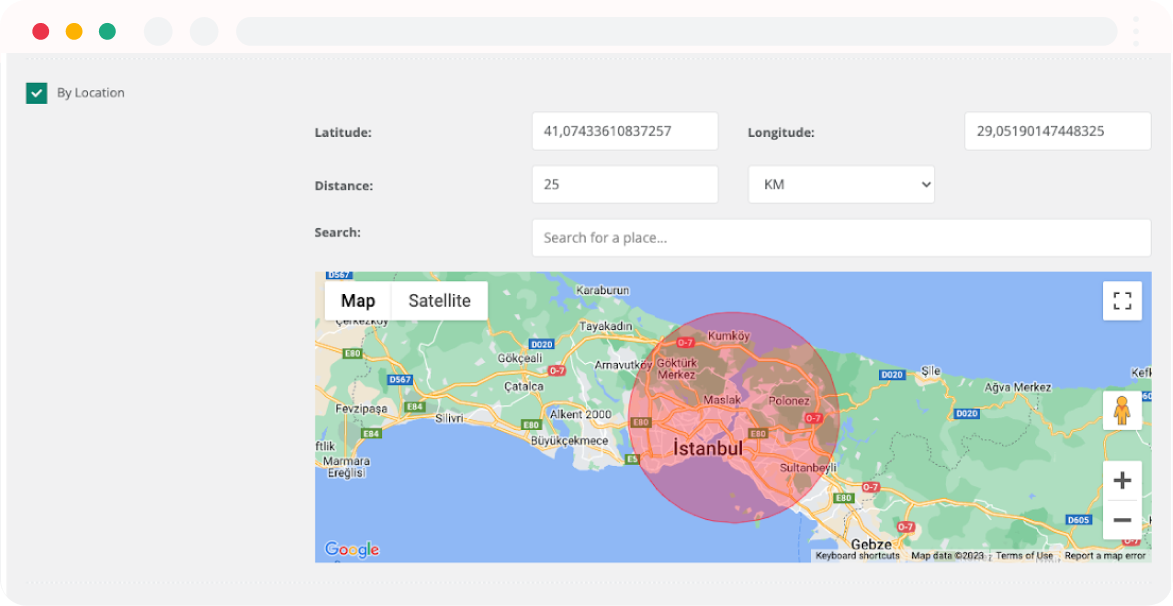
Geotargeting aims to deliver the right message to the right person at the right time and involves capturing the IP address of devices from a particular location. Once the user’s location is identified through their IP address, Wi-Fi, or GPS – the data is saved to servers and can be used to customize the content the user views. The key here is to tailor the message to the user’s location, interests, behaviors, and needs.
For example, say you order frequently from a food delivery app and that app has access to your location. They expanded their services and now they also offer come-and-get-it options if you want to save some money. On your way home, you get a notification saying you can use 30% off if you order from a nearby pizza shop and come and get the order yourself. This is an example of Geotargeting. The brand combined your previous orders, your location, and your preferences in one push notification to capture your attention.
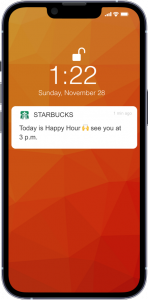
What is Geofencing?
Geofencing is a technique in location-based marketing that uses GPS, Wi-Fi, Cellular Data, or RFID (frequency identification) to create a virtual “fence” around a particular geographic area.
Geofence technology is simply a technology that enables potential customers to receive location-based messages on their phones as soon as they enter the area determined by the brand.
Often used by businesses to target customers in specific locations with relevant and personalized promotions or offers, Geofencing allows marketers to trigger a notification, message, advertisement, SMS, or email.
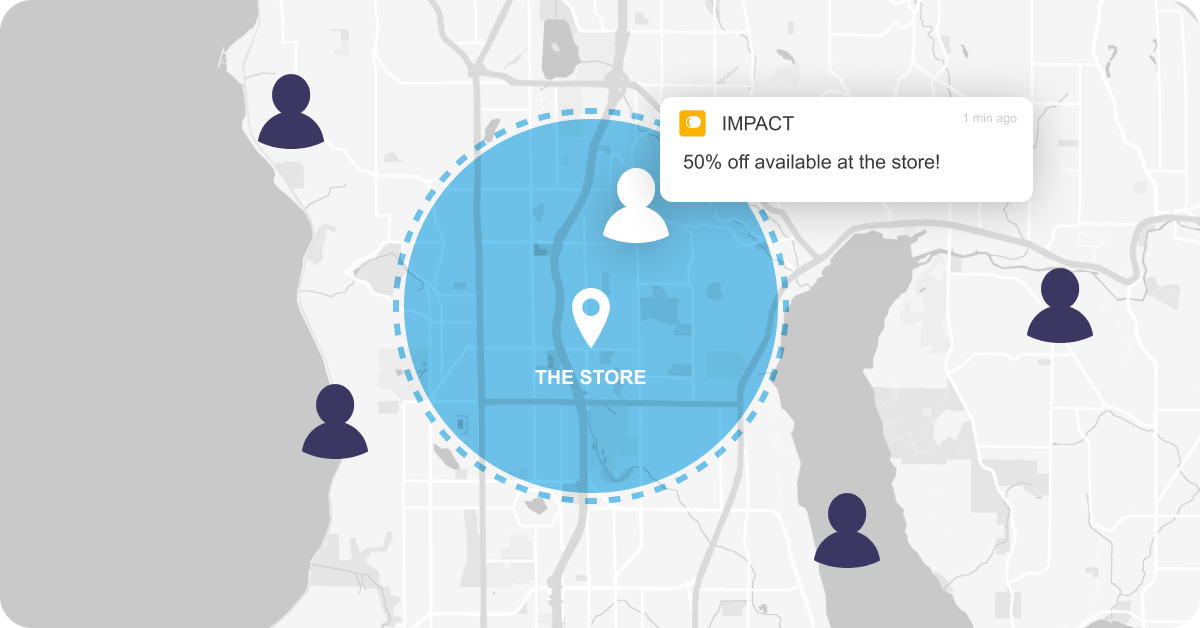
How Businesses Benefit from Geofencing and Geotargeting
Both Geofencing and Geotargeting can be helpful for companies that want to increase their conversion, revenue, and engagement. Since Geotargeting and Geofencing both allow businesses to reach customers who are physically close to their locations, using these techniques can lead to higher conversion rates and sales.
When used correctly, both techniques help businesses connect with their customers at the right time and increase the chances of your customers visiting your stores. With Geofencing and Geotargeting, you can also get real-time data about your target audience and your customers, resulting in getting information about buyer personas.
Moreover, when Geofencing and Geotargeting are combined with personalization, this can result in maximized customer experiences and an increase in both sales and engagement.
Both techniques offer competitive advantages by reaching customers in specific locations and offering personalized content and promotions that their competitors may not be able to have.
While these two techniques have common benefits, they have some different benefits for each technique. For example, in Geofencing, with precise location targeting, businesses with physical stores can send personalized notifications to their customers and advertise their sales, events, or promotions that are specific to each location. On the other hand, Geotargeting sets a broad geographic boundary like a town, or a country, which can result in broader campaigns rather than tailored to each specific location.
What's the Difference Between Geofencing and Geotargeting?
Before we start to go into detail about the differences between Geofencing and Geotargeting, we should start by saying that the differences between these two technologies can differ from one provider to another. So, brands and services must do their research well before reaching an agreement.
While Geofencing works on much narrowed down and more focused areas by setting a virtual fence around a specific geographical location, Geotargeting works by setting a broad geographic boundary like on a city, town, or country. Geofencing can be in different ranges from company to company. Usually, the technology captures 50 to 200 meters.
Geofencing uses GPS, Wi-Fi, cellular data, and so on while Geotargeting depends on the user’s IP address. Geofencing is normally used by event agencies, advertisers, or business owners while Geotargeting can be used in every kind of business.
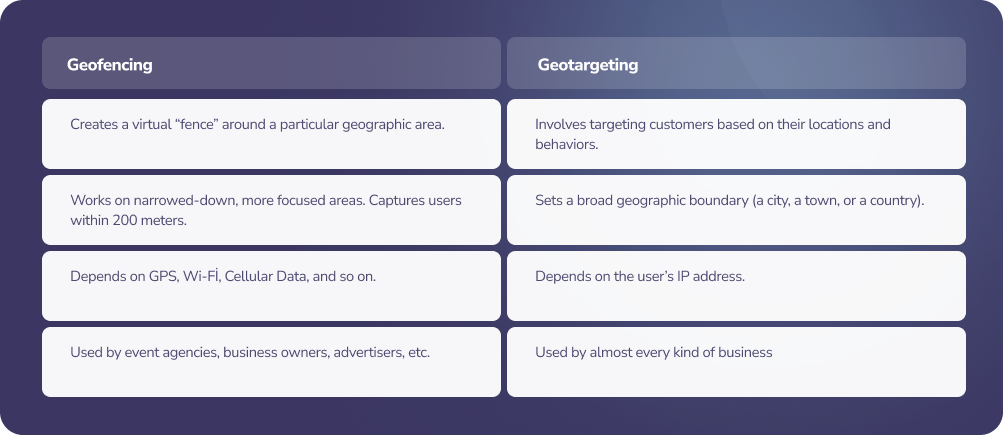
How to Use Geofencing?
To use geofencing in your marketing campaigns, you need to follow some steps:
Define your target area: Determine the specific geographic area where you want to set up your geofence. This could be around your business location, a competitor’s store, or a popular venue.
Set up your triggers: Determine what action to take when a user enters or exits the geofenced area. This could be sending a push notification, creating a journey, sending push notifications, in-app messages, SMS, displaying an advertisement, or tracking user behavior.
Create your marketing campaign:Design your marketing campaign, message, promotion, or offer that will be delivered to users who enter or exit the geofenced area.
Launch your campaign: Launch your campaign and track the results to measure its effectiveness. Make adjustments as necessary to optimize your geofencing strategy.
When to Use Geofencing?
Geofencing is useful for digital marketers who want to target a specific geographic location. It is useful if:
If you have a physical store. Geofencing is one of the most effective targeting tools where you can show your ads. This allows you to set specific geographic parameters for your ads and gives potential customers a place to visit.
If you want to increase conversions quickly. If you’re running a limited-time offer or in-store sale, geofencing can help you get conversions more quickly and increase foot traffic that leads to sales.
If you want to attract your competitor’s customers. You can create a geofence around your competitor’s store and offer discounts or promotions to entice their customers to visit your store instead.
Examples of Geofencing
Sephora, a personal care and beauty products company uses Geofencing technology in shopping malls and venues with a clear push notification and a great incentive. The company sends out push notifications to its customers when they enter the shopping mall, or the geofenced area, with a message that encourages them to visit the physical store to get a free mini makeover.

Starbucks also uses Geofence technology to reach out to its customers with push notifications that encourage customers to visit the store to get discounted drinks. Another feature in their Mobile Order & Pay application uses proximity to a store and allows customers to place an order before entering the physical store. Thanks to their Mobile Order & Pay application, customers save time and the brand creates great loyalty.
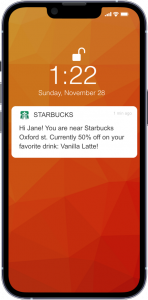
Geofencing Features by Netmera
Even though we’ve talked about Geofence in a broad way, there are many different features with different companies that offer Geofence technology. In this chapter, we will talk about how we make things different at Netmera.
First of all, Netmera captures users within 200 meters which gives us a great advantage compared to our competitors. Another advantage is that we allow our users to upload store information in bulk with a single document, which makes brands’ jobs very easy considering that some brands have more than 3000 branches all over a country, or the world.
Unlike its competitors, Netmera’s Geofencing technology offers our customers to create and run endless numbers of Geofencing at the same time, without any error. Our customers are also able to group those Geofences to use it with different campaigns offered to different segments and send out endless push notifications. With Netmera, our customers are able to target their customers to enter or exit the Geofenced area, without any crashes.
For example, let’s say a clothing brand wants to give special discounts to its customers aged 30-50, who are also in the A income group when they enter the shopping mall. Using our Geofence technology, they can segment their customers and create a target customer segment to send out SMS to these customers when they enter the shopping mall. Using Netmera, the clothing brand can create a Geofence and segment different customers within this Geofence successfully.
Another advantage of Netmera’s Geofencing is that we offer an easy way of doing things. With Netmera, you don’t need any location codes to create the Geofence and all you need to do is to draw your Geofenced area on the map. This feature is loved by marketers who don’t have coding experience or knowledge. Lastly, Netmera’s Geofencing is integrated with Google, which is also a great advantage for all Location-Based Marketing campaigns a brand wants to automate.
Final Thoughts
Both Geofencing and Geotargeting offer distinct approaches to Location-Based Marketing. Brands and services must choose wisely between these two techniques with a clear understanding of what they expect from each method. Using these two strategies can maximize engagement and help brands with delivering tailored experiences to the right people at the right time.
Everything You Need to Know About Chat GPT
If you haven’t followed the new era of AI, we have compiled the basic information about it. So, here is what you need to know about Chat GPT.
Feedback Button vs. Feedback Pop-Up: What’s the difference?
There are different ways to collect feedback from your customers, and today we’re going to talk about two ways you can collect feedback: feedback buttons and feedback pop-ups.
Cookieless Future: Are Cookies Coming to An End?
The challenge of how to target ads without the help of third-party cookies will emerge in the future, and if you are working closely with the help of third-party cookies, this article is the right one for you.
Funnel Analysis 101: Definition, Examples, and More
Funnel analysis is a powerful tool for brands that can be used to understand where you lose your users, and how.
10 Essential Valentine’s Day Marketing Strategies
Boxes of chocolates and red hearts are in the air, but sometimes it takes a little more to win the heart of someone even on Valentine’s Day.
Netmera Wishes You A Happy New Year
As humans, we have a tendency to sit back and think about how the year passed for us in December every year.
Live Activities: What is it and how to use it?
iOS 16.1 update welcomes many changes along with the new Live Activities feature that simply works as real-time push notifications.
iOS Interruption Level and How is it Used in Netmera?
Apple recently introduced iOS push notifications payloads that can be used from iOS 15 onwards. Interruption levels are used to determine the priority order for a notification to reach the user.
Omnichannel vs Multichannel: Differences, Examples & Tips
Omnichannel vs Multichannel: Differences, Examples and Tips
Although they may seem similar at first, omnichannel and multichannel marketing have their differences. Multichannel marketing works for businesses looking to expand their reach. On the other hand, Omnichannel marketing allows companies to fine-tune it.
Omnichannel marketing requires more work and focus from your employees to implement. However, its benefits make it worth the extra work and time. Many experts claim that the benefits are well worth the extra work and time.
By applying an omnichannel strategy to your online marketplace, you can retain customers and continue to grow your business.
Let’s take a closer look at these two different marketing methods.
What Is Multichannel Marketing?
It means that you can use many channels to reach your customers, or that your customers have many ways (channels) to reach and interact with you.
In other words, it is the channel the customer uses to reach you. For example, when a user shopping from your e-commerce site encounters a problem, they can call customer service or get help from live chat support.
Customer services are important for a better buying experience. Which channel the customer prefers is the important part of all.
The customer experience is one of the key factors in Multichannel.
For example, a brand that sells products in two categories should make market analyzes of its categories and sell it in marketplaces where it will meet the target audience directly.
Let’s say you don’t know which marketplace is best for the target audience of your products. At this point, Multichannel marketing gives you the message that wherever you sell the product, you can get the customer to buy it from a single channel.
What Is Omnichannel Marketing?
The omnichannel marketing aims to reach the target audience simultaneously from multiple channels.
Omnichannel is a strategy used by many advanced companies today with a new-generation marketing strategy.
Think about Digital Marketing channels like Facebook, Instagram, Twitter. Or, your website that belong to your business.
All these resources are not expected to be used separately in Omnichannel management. That’s why the relationship between your channels and your customers should be binding to deliver a consistent customer engagement.
In other words, if your potential customer has seen your company’s advertisement on the posters, they will head to your website or social media channels to review your product or company.
Moreover, other channels should also support your advertisement on the banner.
The main purpose of the Omnichannel Marketing is to make customer buy a product that they have already viewed on your website or in your physicall store, using other channels.
That is, if your potential customer reviews a product on your website but gives up on buying it, sending a discount or reminder email in the product or, creating engagement in the brains of your customer on Social Media can be helpful.
What Are The Key Differences Between Omnichannel And Multichannel?
The main difference between Omnichannel and Multichannel is the integration methods they use.
Your customers can reach you through different channels, but Multichannel does not make the channels work together in management. This is because each channel provides different services, and operates separately from the others. Multichannel marketing is all about building the widest network to keep higher customer engagement.
Customer is the heart of omnichannel marketing. The omnichannel approach focuses on the customer’s needs and offers customers a personalized experience. Since the channels here are interconnected, it allows the customer to access information from any channel.
Companies using the omnichannel strategy must ensure that all departments are in harmony. For example, the social media team, customer service, and sales team should deliver a consistent message to the customer.
Advantages and Disadvantages of Multichannel Marketing
Multichannel is very effective in increasing the visibility and awareness of your brand. As it is in contact with the customer through many different channels. It allows you to tailor and focus your strategy on the channel that might be more effective in terms of performance.
Against this advantage, multichannel also has some disadvantages. Each channel is treated as its own strategy, performance metrics, and different customer experience.
Consumer experience can be disconnected if the brand uses way more channels. This can lead to a negative experience for your brand awareness.
Having data in separate channels also makes it difficult for brands to get a holistic view of their customers.
Advantages and Disadvantages of Omnichannel Marketing
The omnichannel strategy allows you to provide a more relevant experience that drives greater customer engagement through higher levels of personalization.
For example, a potential customer first viewed your furniture company on Instagram. You can then get information about the price of your products through Google Shopping. It can come to your store to buy. In omnichannel marketing, all these interactions are interconnected. Whichever way the customer first interacts with your brand, they will have a more relevant, organized, and understandable omnichannel experience with your brand. That is with using multiple channels.
The biggest disadvantage of the omnichannel strategy is its complexity and high cost. A successful Omnichannel application is rather difficult compared to the Multichannel marketing method, due to the intertwined structure that emerges as a result of these processes.
For the omnichannel strategy to be successful, it is necessary to create unified customer profiles, apply analytics to understand what customers want and analyze real-time information.
Successful Examples of Omnichannel and Multichannel Marketing
Apple is one of the best examples of achieving success in using multichannel.
Rather than being designed for sale, Apple Stores are primarily designed to complement Apple’s e-commerce business, which accounts for the majority of total sales.
In this way, Apple’s physical stores act as customer touchpoints that support the overall Apple experience. Because brick and mortar stores don’t have to be retail-oriented, customers can visit Apple Stores without the need to shop. With customers traveling to physical stores more often, Apple manages to absorb the brand even more.
Amazon is one of the companies that has successfully implemented omnichanel.
Not only does it have an app and website that automatically syncs users’ carts when users log in, but it also offers a support experience that gives customers the option to choose the method they’re most comfortable with.
Multichannel vs Omnichannel Marketing: Which One Should You Choose?
You need to choose the right strategy in order to be successfull. Moreover, you have to execute your campaigns effectively and consistently.
The omnichannel strategy is based on a strong multichannel strategy.
If a business does not have a fluid and consistent approach to multichannel operations, customers will have a negative experience even if they are at the center of an omnichannel approach.
For example, consider a customer who buys an item online, comes to the store to pick it up, and the inventory viewed online is incorrect and the order is canceled without notifying the customer. If the channels do not work independently of each other, they do not work together.
Developing an omnichannel approach requires significant investment and ongoing maintenance.
Businesses that do not have sufficient in-house resources need to invest in the right technology solution.
As omnichannel aims to create personalized customer experiences, the cost is higher. But, the payoff increases customer retention and brand loyalty due to increased customer engagement.
The first thing that companies need to do when determining their marketing strategies is to correctly determine the existing resources that will be required throughout this process. And to draw a plan according to these data. Within this plan, the adequacy of own resources should be a priority in determining the marketing strategy.
To create an omnichannel experience, technology investment, the right infrastructure, and the necessary knowledge and skills are required. However, you may need to hire e-commerce technologists. Make sure you have the technical infrastructure to implement the components required by omnichannel marketing.
Multichannel is a good option for businesses that don’t want to invest in an omnichannel approach, but the right technology stack is still required to streamline multichannel operations. Businesses that cannot automate a significant portion of the business in a multichannel setup will struggle as they grow.
Final Thoughts
Netmera is an omnichannel engagement platform ready to take your marketing campaigns to the next level. With all the marketing channels and tools you need, Netmera leads the way through success and growth.
